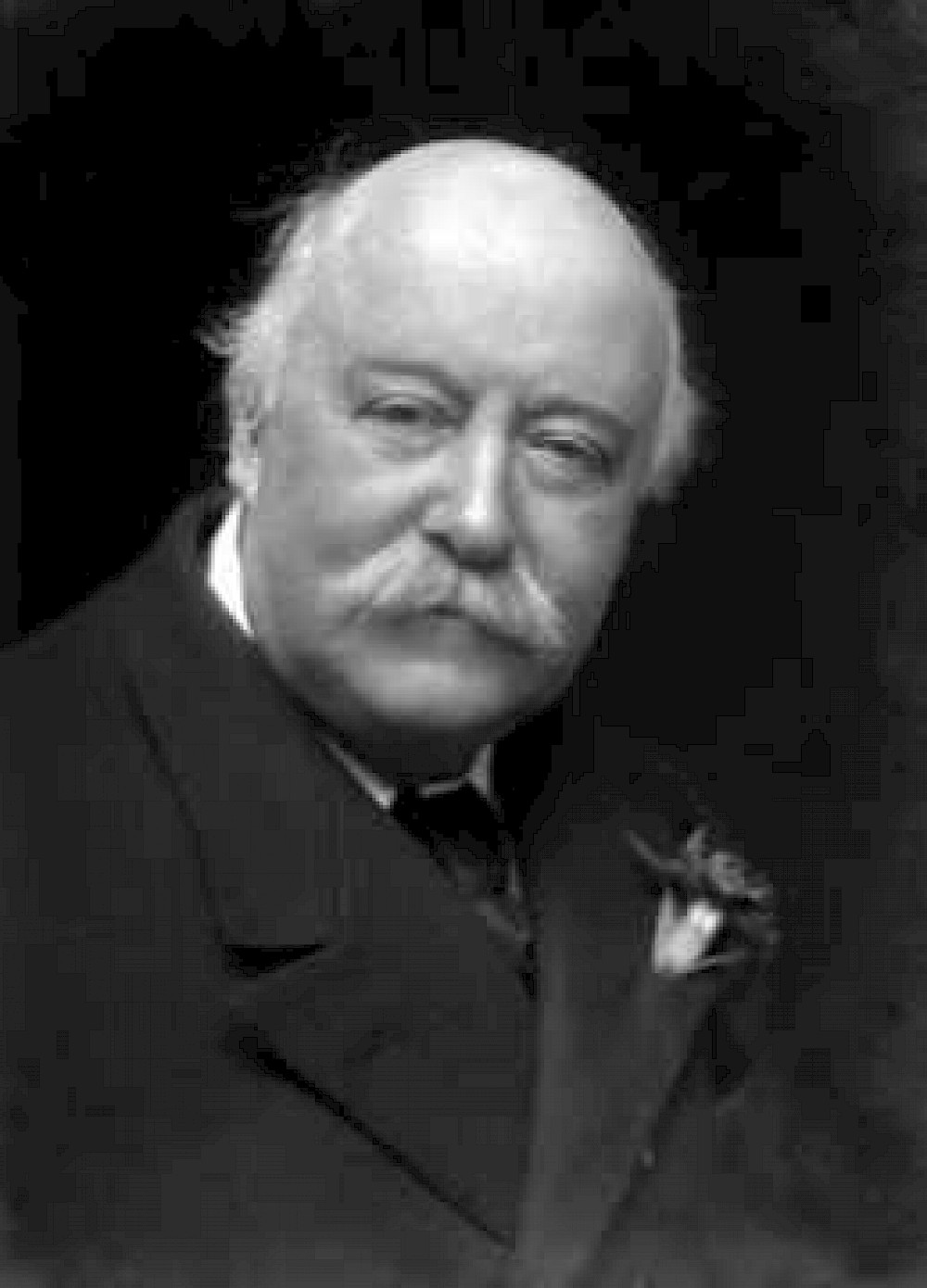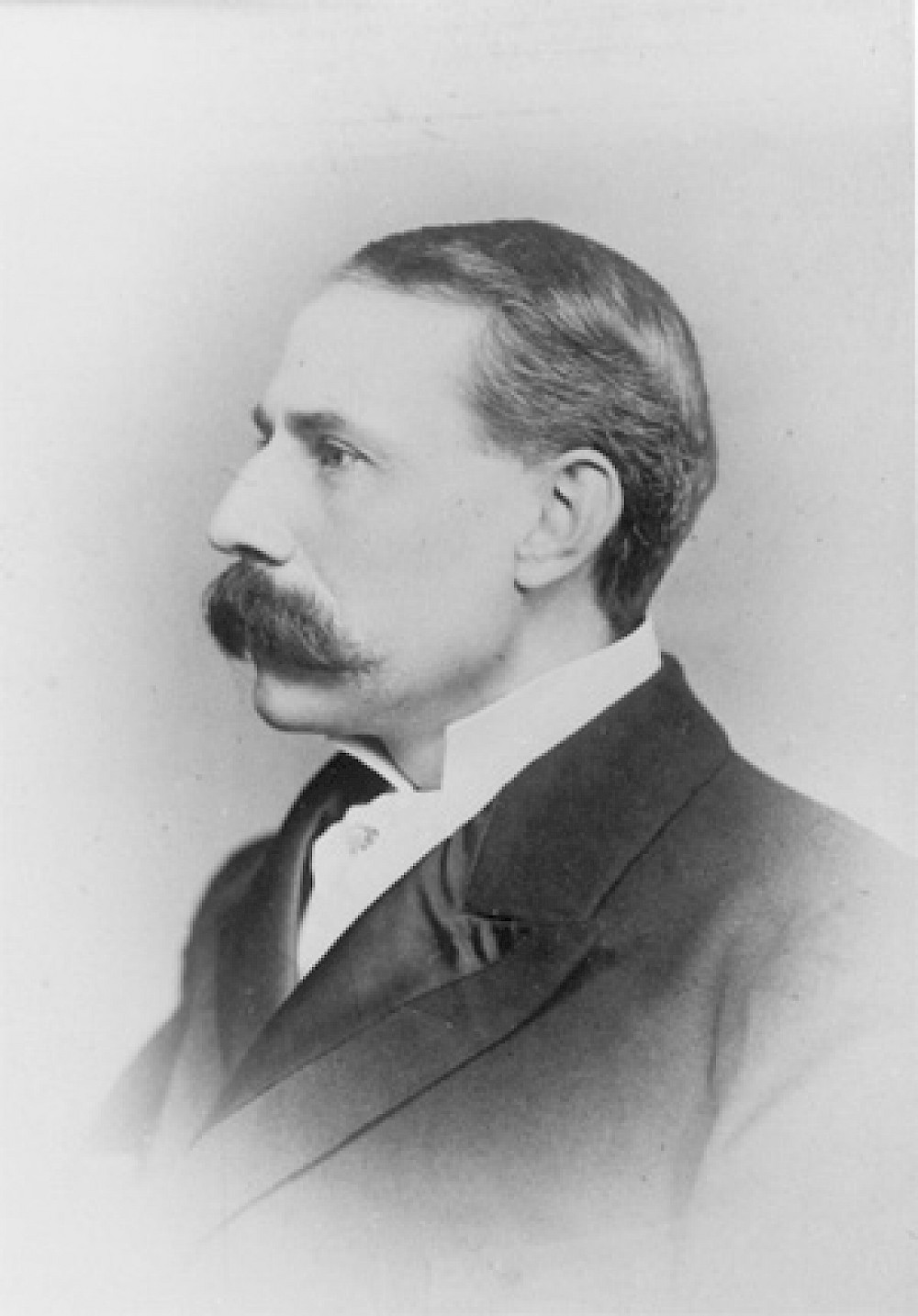

In 1889, first performances conducted by the composers were: Hubert Parry’s setting of Alexander Pope’s Ode on St Cecilia’s Day, Frederick Corder’s The Sword of Argantyr, William Creser’s cantata The Sacrifice of Freia and The Voyage of Maeldune, based on a Tennyson poem, by Charles Villiers Stanford.
In 1892 two new works appeared: Frederick Cliffe’s second symphony and a setting of Shelley’s poem Arethusa by Dr Alan Gray. The Chorus in that year was formed differently, with sections from Leeds, Bradford, Halifax, Huddersfield and Dewsbury with Batley being rehearsed in their own towns, meeting for full rehearsals at Leeds Town Hall. Sullivan in this year suffered with a kidney problem from which, he wrote, he thought he was going to die.
Messiah was included in 1895, after an absence of 21 years because it was felt that too much repetition of ‘standard’ oratorios could become wearisome. As it was the bicentenary of the death of Henry Purcell, Sir Hubert Parry composed a cantata specially for the occasion: Invocation to Music. Other new works were The Forsaken Merman, a choral piece by Arthur Somervell based on a poem by Matthew Arnold, a suite by Edward German and an orchestral piece by Jules Massenet.
New works in 1898 were Stanford’s Te Deum, written to commemorate the sixtieth year of Victoria’s reign, Frederick Hymen Cowen’s choral setting of Collins’ ode The Passions, Dr Alan Gray’s Song of Redemption, Moorish Rhapsody by Engelbert Humperdinck and Gabriel Fauré’s La Naissance de Vénus (first performances in England), Otto Goldschmidt’s New Ode, and Dr (later Sir) Edward Elgar’s cantata Caractacus. Elgar wrote to Sullivan:

At the end of the year, Elgar was writing the Enigma Variations, musical pictures of the composer’s friends. Two movements were sketched in of Sullivan and Parry which were later dropped because their styles seemed incompatible with the rest of the Variations. Caractacus had been commissioned the previous December; the idea for it had come from his mother, who had been staying with him in the Malverns and who had asked for a tale about a ‘lovely old hill’ nearby. His friend and mentor August Jaeger, who worked at Novello’s, made it clear to Elgar that he hated Acworth’s libretto, to no avail. Elgar did not look forward to meeting the Chorus in Leeds:
It makes me, an artist, sick to see that fool Gray allowed as long to rehearse his blasted rot as I am who produce with all its many faults an attempt at something like a ‘work’
The final Caractacus rehearsal with orchestra and Chorus was greatly appreciated by a large audience of sitters-in and hangers-on, which applauded frequently, until admonished by an irate Frederick Spark. The actual performance was greeted with wild enthusiasm, and most of the newspapers were loud in praise of the new work, referring to Mr Elgar as the Rudyard Kipling of music. Few critics wondered about the music itself.